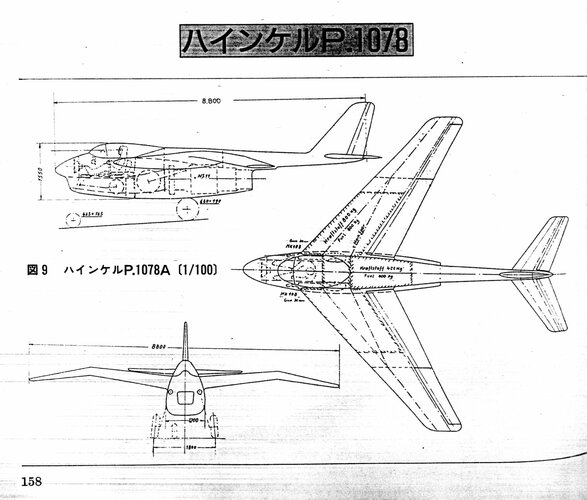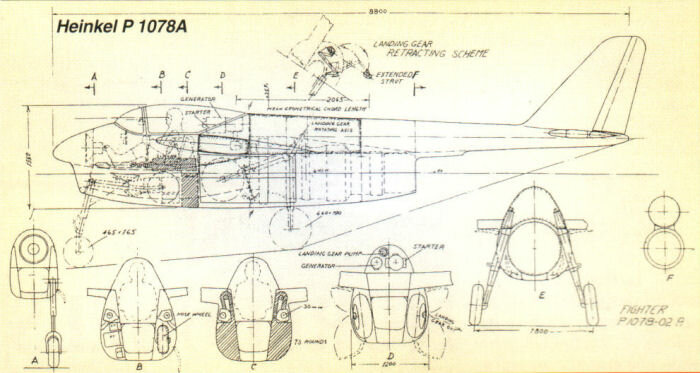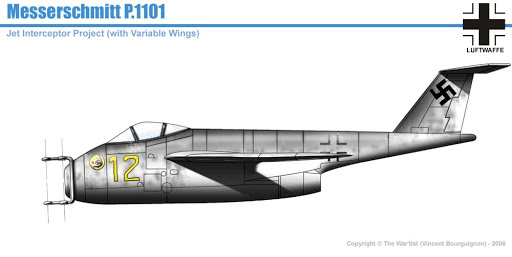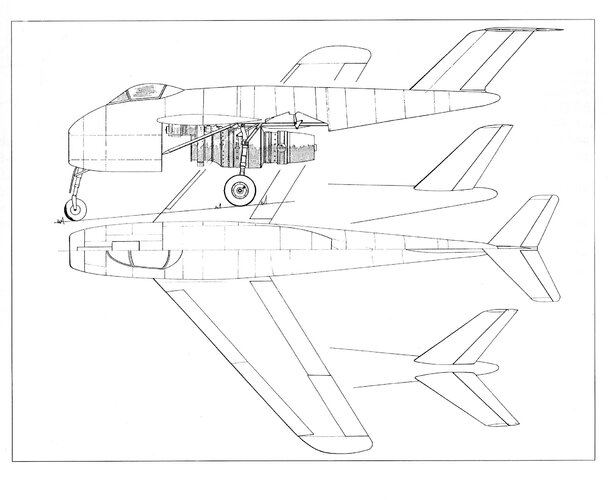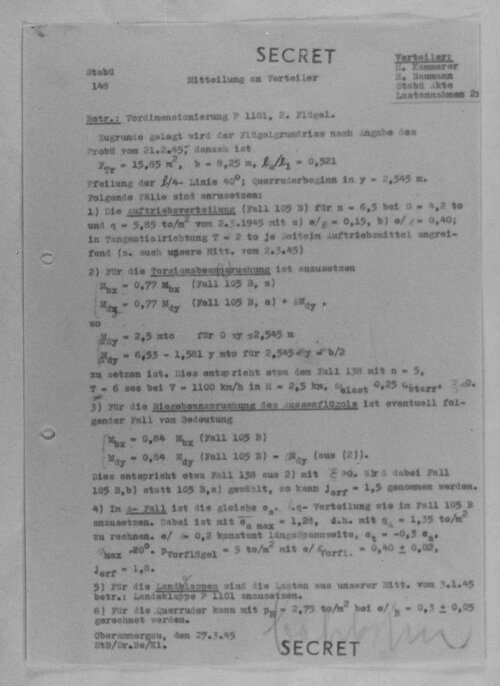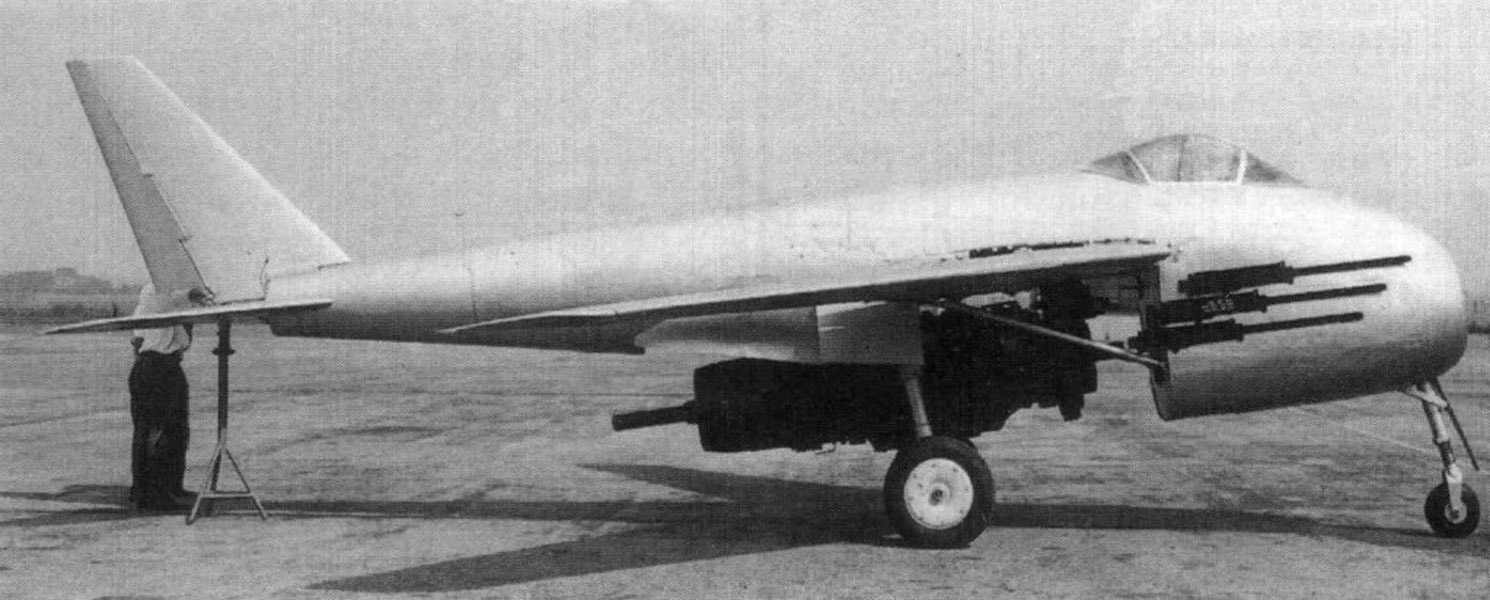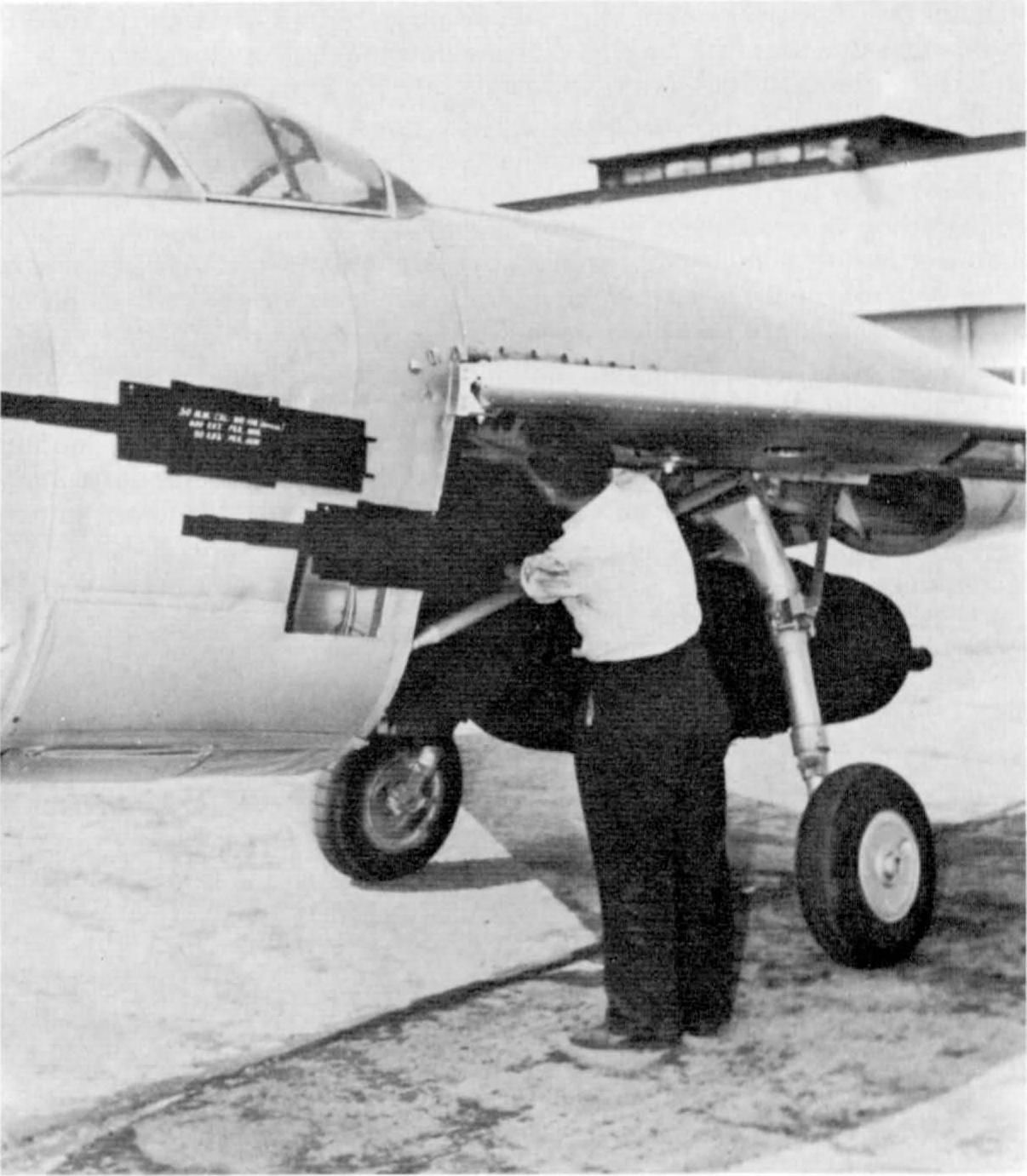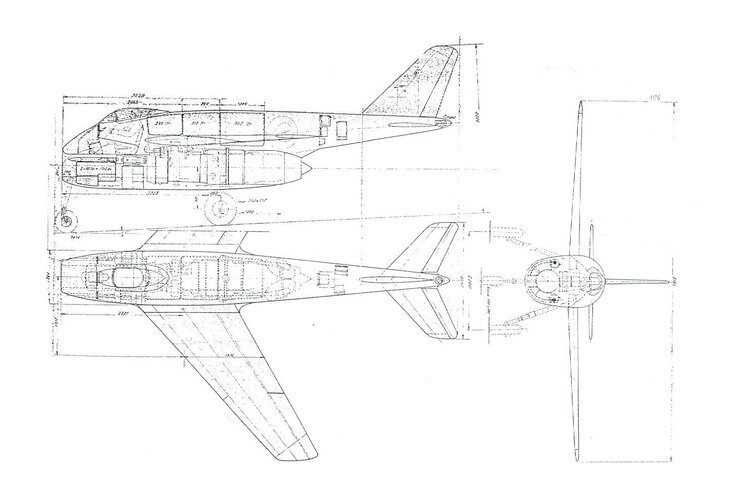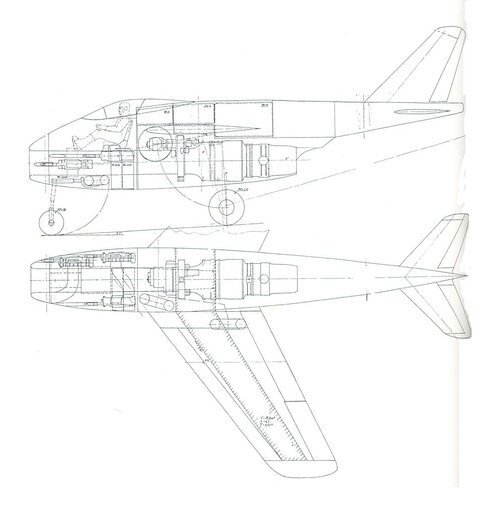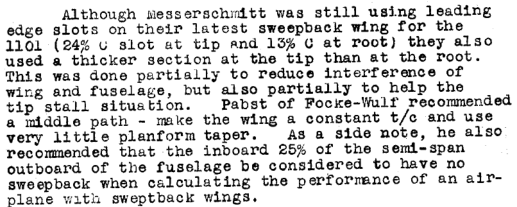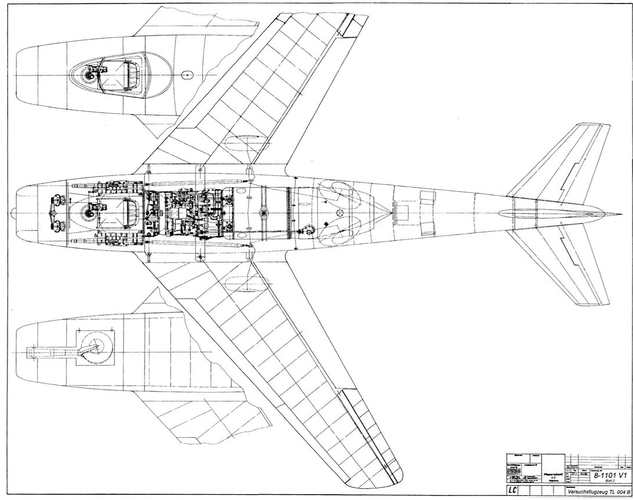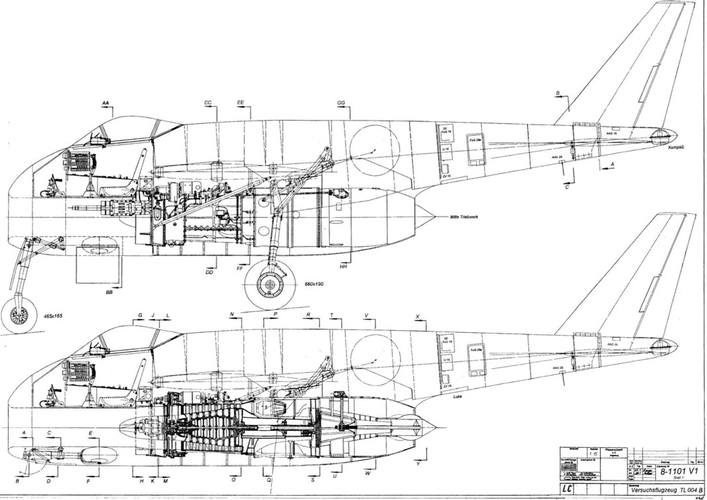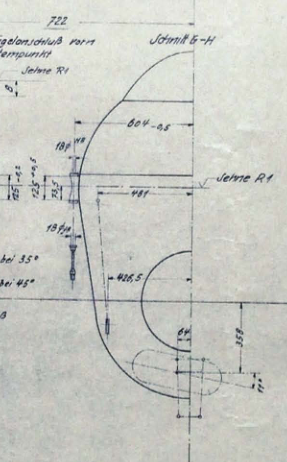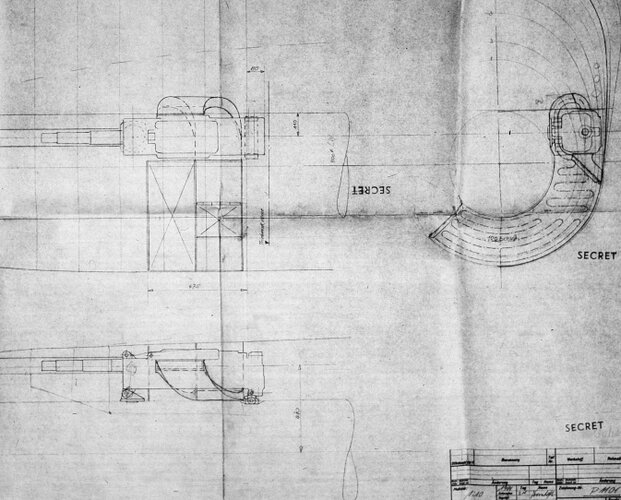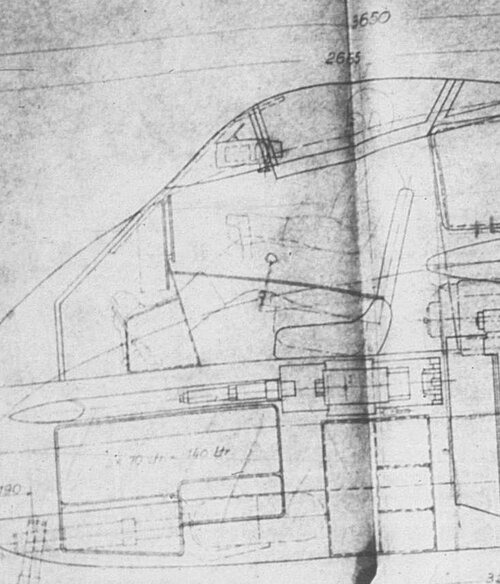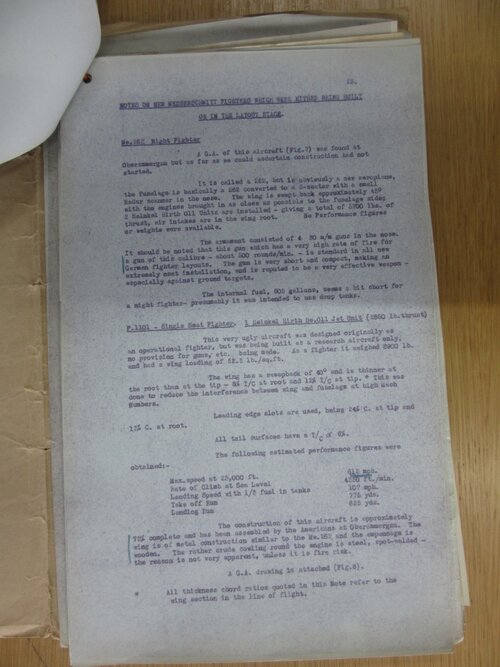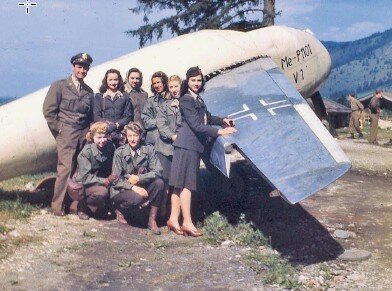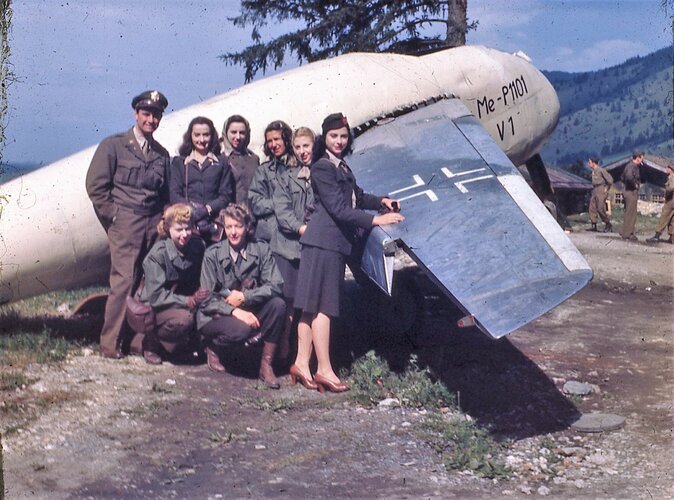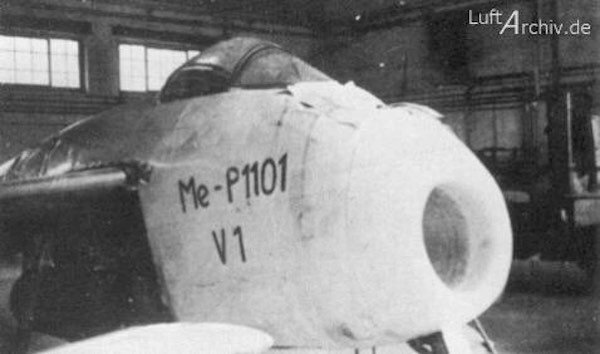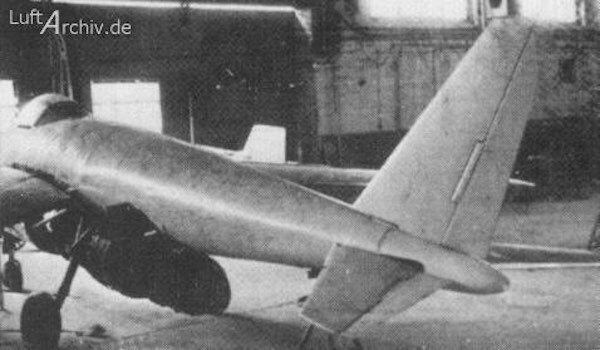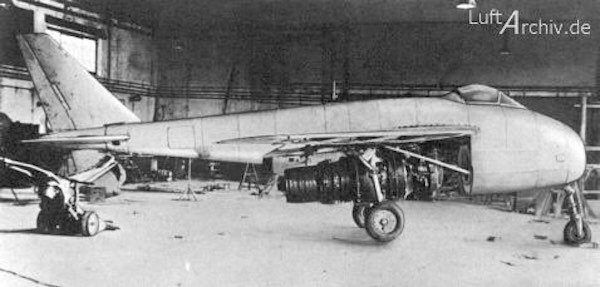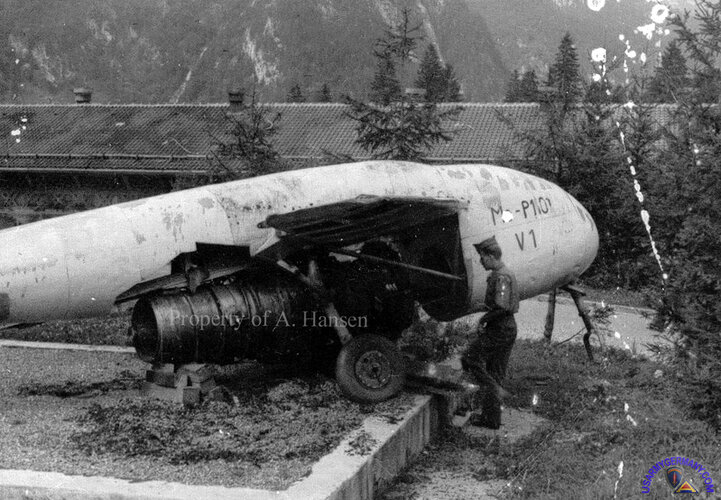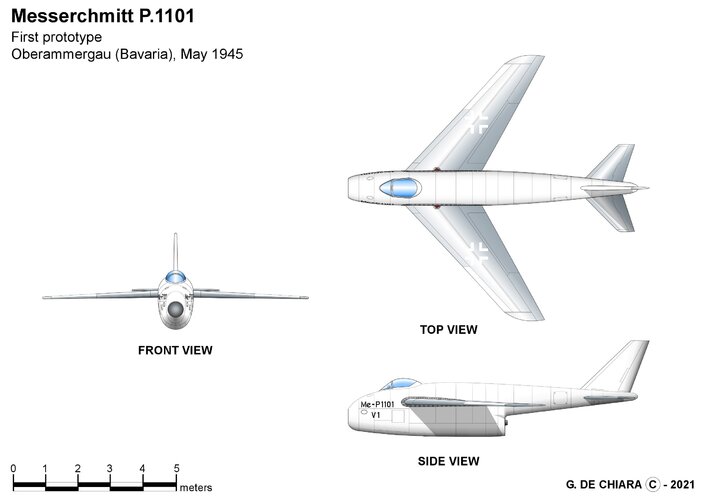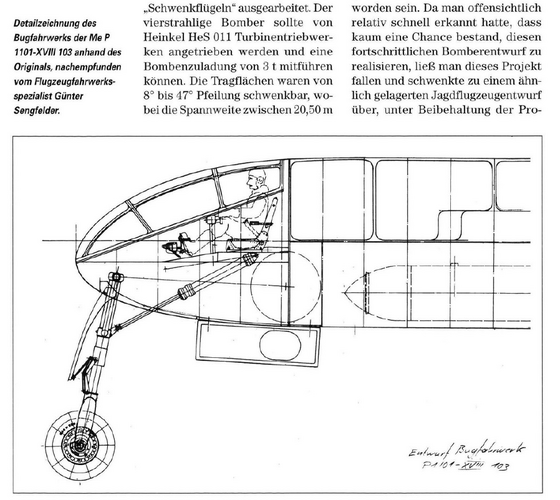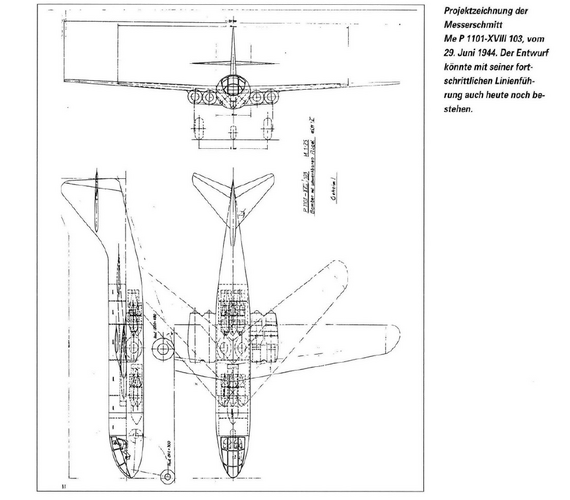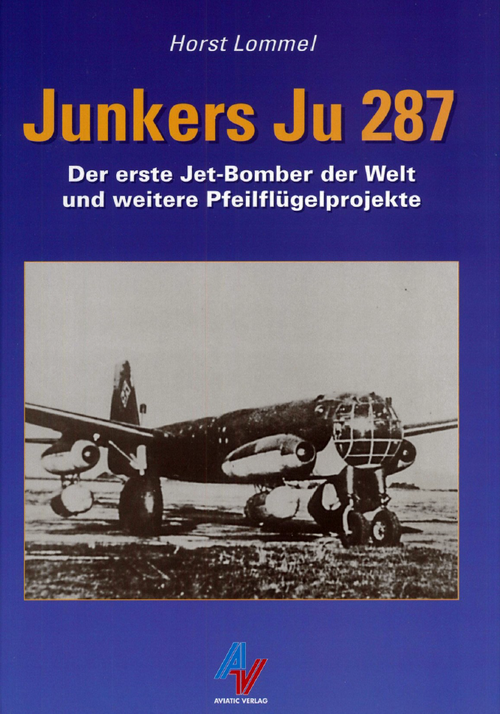O boy, Lepage is an extremely unreliable author, I wouldn't even bother with his publications... He is actually a draftsman, who just adds some text (based on any information he had on hand) to his comic style drawings, which are not accurate or wrongly captioned too, and creates books this way. His works on the Flak and Hitlerjugend are unbelievably poor, full of the most fundamental mistakes. And, for example, in his Flak book he posts a thank you note fore a person, who provided him with technical information - it clearly means, he started his work knowing nothing on the subject.
Interesting. Thank you for that. I figured most of the jet aircraft he listed were dubious given that a few were traceable to Luft 46 and others being entirely napkin drawings so to speak. That being said, despite the likely dubious origin of this concept, would you say that compared to the "stag antlers" of FuG 202, 212, 218, etc., that FuG 240 would be more appropriate for such an aircraft in a night fighter role had the Germans actually committed to developing it? I do like the concept but I feel like it would be unrealistic when considering that production of said aircraft would then deviate between two separate designs, amounting to more work than is necessary, rather than just slapping on a dipole array.
It is highly unlikely that the P 1101 or a derivative thereof would be suitable as a nightfighter. In the late 40's and into the early 50's the state of the art in nightfighter technology required a dedicated radar operator aboard the plane. It wouldn't be until such systems as the Hughes E series of semi-automatic intercept computers were developed that you could successfully do all-weather intercepts with just one crew member. Germany during the war did put radar on single seat fighters, but these didn't produce much in the way of exceptional results.
Consider one of the first single-seat all-weather fighters, the F-86D. The "Dogship" as it became known fits this bill. It had the Hughes E-4 using an APG 36 radar to perform intercepts. It was at once a technological marvel and maintenance nightmare. Germany was nowhere close to producing anything remotely that sophisticated in 1945.
Some single engine fighters of the types Messerschmitt Bf 109 G-6 and Focke-Wulf Fw 190 A-6 used in operations
Helle Nachtjadg and
Wilde Sau from the summer of 1943 were fast enough to hunt the RAF
Mosquitos, but lacked the electronic equipment
Himmelbetteinsatz necessary to locate them in the dark. In February 1944, some Bf 109 G-6/U4N, equipped with passive radar receivers FuG 350
Naxos Z, began to operate at night with the 1./ NJG 10. This equipment was designed to detect the emissions of cartographic radar
H2S used by the British four engine bombers, but not those used by the
Mosquito.
The NJG 11 was formed as a night fighter squadron specialized in the experimentation with radars. In the summer of 1944, a Fw 190 A-6 / R6 was equipped with a FuG 217 L
Neptun Liliput radar using it as a rangefinder for launching rockets W.Gr.21. Flying tests were also carried out with a Fw 190 A-8/R11 equipped with a FuG 217/218
Neptun J3 radar capable of measuring the azimuth and with
Hirschgeweih antennas on the wings but it was found out that the drag generated by them caused an unacceptable loss of speed. The conclusion was that the most suitable model for night combat was the Fw 190 A-6 / R11. It was equipped with a FuG 217
Neptun J1 radar of inferior performances to those of the J3, but its
Letzler aerials generated less drag than the
Hirschgeweih of the most advanced model.
In early 1944, the Fw 190 A-6 / R11 began to be used by the night fighter units JG 300, JG 302, 2./NJGr 10, 1./NJG 10 and NJG 101 with few results because its BMW 801 engine lost power over 6,000 m of altitude. It was also useless to intercept the
Oboe Mosquitos flying at 9,000 m. Additionally, its armament lacked the punch required to demolish a Lancaster in a single attack. The Messerschmitt Bf 109 G Series 5 and 6 had the right speed and ceiling to deal with the Mosquito, but their use in night operations was problematic given the fragility of their landing gear and the absence of blind-landing equipment.
However, in the summer of 1943 tests were carried out on two Bf 109 G-6 / N equipped with prototypes of the FuG 217 and
Letzler aerials radar. The operational version, called the Bf 109 G-5/AS, with pressurized cockpit and DB 605 AS engine, was used in mid-1944 by the II./NJG 11 at high-altitude interceptions. Combat experience showed that single seat fighters were not suitable for night combat. In addition to the problems experienced with its landing gear, short range and aerials and the absence of blind landing devices, it was discovered that the glare of radarscope ruined the night vision of the pilot, who also needed to keep an eye on the airspace around him. For this reason, an aircraft of the II./JG 300 rammed a Lancaster in March 1944.
What they needed was a fast aircraft, with an extended range and a second crewmember to take care of the radar. After discarding the options represented by the Arado Ar 240 C-2 and the Messerschmitt Me 410 C/N, the Luftwaffe thought to find the solution in the Focke-Wulf Ta 154, a machine specially designed as night fighter, that used a wood construction system like that of its British adversary. Unfortunately for the Germans, during the first flying trials carried out with the prototype V2 in September 1943, it was verified that the drag generated by the
Matratzen aerials of the radar FuG 212 reduced the maximum speed by 12 per cent. Similar results were obtained in December with the
Hirschgeweih aerials of the FuG 220 installed in the prototype V3
It was expected that the
Letzler aerials installed in the operational version Ta 154 A-4 would improve the performances, but after several accidents it was discovered that this model suffered a structural defect impossible to correct and the Luftwaffe rejected its use in nocturnal operations on 7 November 1944.
The Heinkel He 219 was not considered a good option; its performances were inferior to those of the Ta 154 due to the excessive weight of the first-generation ejector seats, activated by compressed air, and the
Hirschgeweih aerials of the radar Lichtenstein SN-2 that generated even more drag than those of the
Neptun J3.
In 25 October 1944, the OKL ordered the conversion of the fastest available airplanes -Me 262, Ar 234 and Do 335 - into emergency night fighters, following the
Sofortprogramm directive. The modification consisted of installing a
Neptun radar and a second crew member to operate it. The Me 262 B-1a/U1 and the Ar 234 B-2N, that were thus transformed, could enter service with some success in 1945. However, the air drag generated by the big
Hirschgeweih antennae, installed in the nose, and the removal of one of the fuel tanks, to make room for the radar operator, penalised the maximum speed and endurance and partially overrode the advantage of the initial design.
The
Sofortprogramm did not solve the problem
On 27 January 1945, the OKL published the
Vorrückenprogramm for high performance night fighters, equipped with the new radar Telefunken FuG 222
Pauke S with parabolic antenna of 45 cm of diameter. It was installed INTERNALLY, within an aerodynamic container of di-electric material placed in the nose of the airplane. In this model, the scope was replaced by a Revi device equipped with a red filter that did not affect the night vision of the pilot. It was expected that the new night fighter would reach a maximum speed of 900 kph, with a service ceiling of 9,000 m and have an armament of four forward-firing MK 108/30 cannons.
By the end of 1944 the Heinkel engineers designed an advanced system of automatic triggering weapons combining the fire control radar FuG 222
Pauke S with the gyroscopic gunsight Askania EZ 42
Adler. The 1078 project was created to prove that the system could be integrated in single engine fighters, providing them with additional capacity to act as night fighter or
Moskitojäger controlled by the ground command by means of the FuG 25a and FuG 125a devices installed inboard.
In February, 1945 the OKL added the requirement that the new fighter should include the FuG 244 radar which, together with the
Schräge Musik guns and its ammunition, added 300 kg to the weight of the airplane.
The wind tunnel test on the Messerschmitt P.1101 models, performed by the AVA-Göttingen institute during the autumn of 1944, revealed that the maximum speed would still be lower than their expectations.
The reason was the turbulence generated in the joint of the rear fuselage and the engine nacelle, that had an '8' shaped section. It was discovered that the airframe generated a triple shock wave at transonic speed. The first one was formed around the cockpit hood, the second over the wing and the third one over the tail plane. The shock waves overlapped among each other with a braking effect similar to an arrow going through three disks of felt launched in the air.
The Messerschmitt designers tried to solve the problem replacing the cockpit hood with another with low drag type
Rennkabine, originally designed for a high-speed version of the Me 262. Wind tunnel test performed with a 'V' ant 'T' shaped tail planes revealed that such modifications did not substantially improve aerodynamic performance and the P.1101
Jägernotprogramm was cancelled at the end of 1944.
Possibly the manufacturer considers the modification of the P.1101 as a night fighter but, by the beginning of 1945, the
Luftwaffe did not need an all-weather interceptor
moskitojäger, but a heavy night fighter with extended range and a great amount of electronic equipment.
On 27 February, the Technisches Amt published the
Hochleistung Nachtjäger specification for a high-performance night fighter. It called for an advanced airplane, powered by two HeS 011 A turbojets, using the new search radar Telefunken FuG 244
Bremen 0, that had a parabolic mirror of 70 cm diameter and additional
Schräge Musik weapons.
On 2 March 1945, the OKL requested the inclusion of a third crew member and the addition of a tail warning radar device Siemens/FFO FuG 218
Neptun R3 with Yagi aerial. This left the Junkers, Heinkel and Horten designs out of the contest, as they could not increase the crew area for structural reasons.

